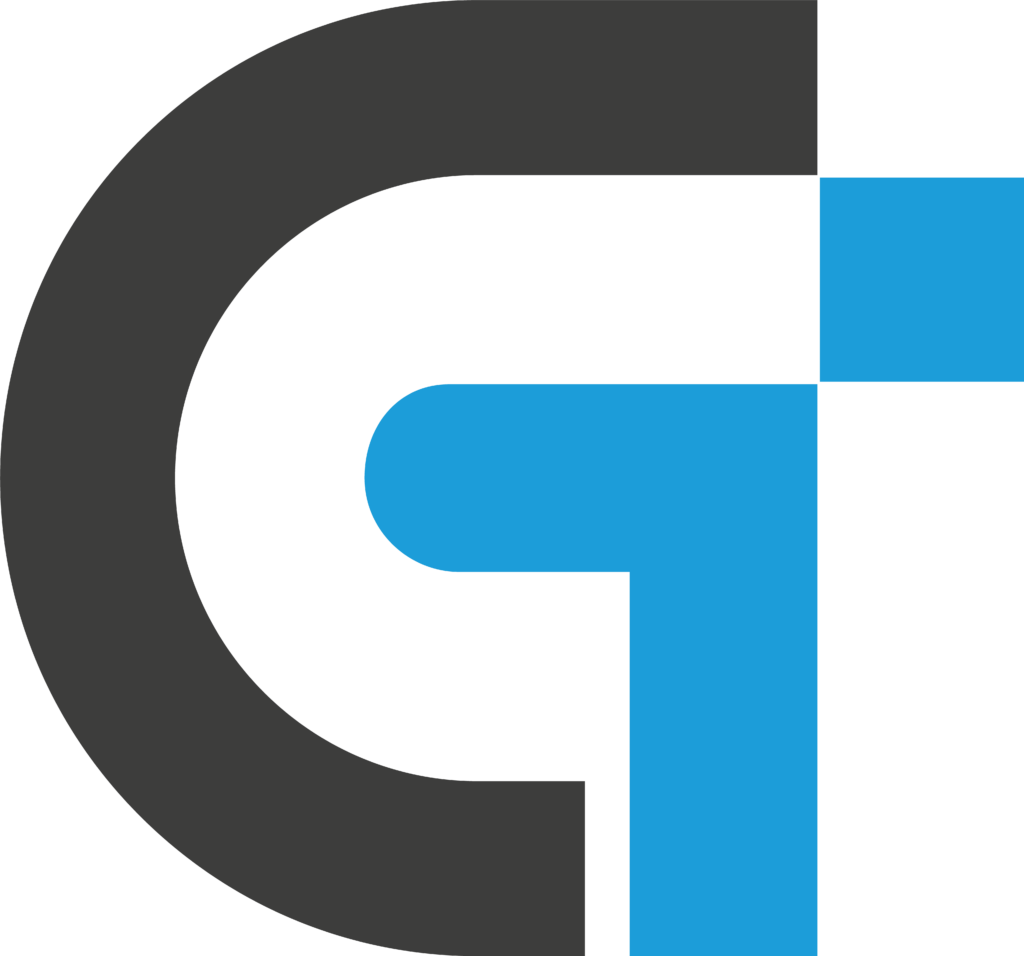Mastering the Art of Cold Emailing for Effective Business Outreach
In the ever-evolving landscape of modern business, the ability to reach out and connect with potential clients or partners is paramount. Cold emails have emerged as a powerful tool for initiating these crucial conversations. Whether you’re a seasoned sales professional or an entrepreneur looking to expand your network, crafting compelling cold emails can open doors to new opportunities. In this comprehensive guide, we’ll explore the nuances of writing effective cold emails that resonate with your audience and drive tangible results.
Introduction to Cold Emails
Definition and Purpose:
A cold email is an unsolicited message sent to a recipient with whom you have no prior connection. Its purpose is to initiate communication, introduce your business, and potentially establish a mutually beneficial relationship. Unlike spam, a well-crafted cold email is targeted, personalized, and offers value to the recipient.
Importance in Business Outreach:
Cold emails allow you to reach beyond your existing network, tap into new markets, and connect with decision-makers who may not have been accessible through traditional channels. In today’s competitive business landscape, a well-crafted cold email can be the key to unlocking new opportunities and driving growth. It enables you to introduce your solutions to potential clients who might not even be aware of your existence, thereby expanding your market reach.
Crafting the Perfect Subject Line
The subject line is the gateway to your cold email’s success. It’s the first impression that determines whether your message gets opened or ignored.
Tips for Engaging Subject Lines:
- Keep it concise and attention-grabbing.
- Personalize with the recipient’s name or company.
- Highlight a specific benefit or value proposition.
- Use action-oriented language.
- Avoid spammy or overly salesy language.
Examples:
- Good: “Increase Website Conversions by 25% – A Quick Solution”
- Bad: “Urgent: Open Immediately for a Special Offer”
The subject line should be a teaser that piques curiosity and compels the recipient to open the email. It should convey a clear benefit or value proposition that addresses a pain point or need.
Email Body Structure
The body of your cold email is where you truly captivate your audience and convey your message. Follow these best practices to create a compelling and impactful email:
Formatting and Structure:
- Use a clear and visually appealing layout.
- Incorporate short paragraphs and bullet points for easy reading.
- Highlight key points with bolding or italics.
Personalization:
Tailor your email to the recipient’s specific needs, interests, or industry. Demonstrate that you’ve done your research and understand their unique challenges. Mention something specific about their business or recent achievements to show that your email is not a generic template.
Conciseness:
Respect the recipient’s time by keeping your email concise and focused. Avoid unnecessary fluff and get straight to the point. A well-structured email should have a clear introduction, a body that addresses the recipient’s needs, and a conclusion with a call to action.
Avoiding Common Mistakes
Even the most well-intentioned cold emails can fall flat if you make these common blunders:
- Using generic or impersonal greetings.
- Failing to proofread for spelling and grammar errors.
- Making exaggerated or unrealistic claims.
- Overusing industry jargon or buzzwords.
- Employing a pushy or overly salesy tone.
Phrases and Clichés to Avoid:
- “As per my previous email…”
- “To whom it may concern…”
- “You won’t want to miss this opportunity…”
- “Profit from our limited-time offer…”
Avoiding these mistakes ensures that your email comes across as professional and respectful, increasing the likelihood of a positive response.
Follow-Up Strategies
A well-executed follow-up strategy can significantly increase the chances of receiving a response to your cold email. Persistence is key, but it must be balanced with respect for the recipient’s time and attention.
Effective Follow-Up Techniques:
- Provide additional value or insights in each follow-up.
- Vary the communication channels (email, phone, social media).
- Refer to previous correspondence to maintain context.
- Be persistent but respectful of the recipient’s time.
Timing and Frequency:
The optimal timing and frequency of follow-ups can vary based on your industry and target audience. However, a general guideline is to send a follow-up every 5-7 days for a maximum of 3-4 attempts. This ensures you remain on their radar without becoming a nuisance.
Example Follow-Up Email:
Subject: Quick Follow-Up on [Previous Subject]
Hi [Recipient’s Name],
I wanted to circle back regarding my previous email about [briefly summarize the initial email]. I understand you’re likely juggling multiple priorities, but I genuinely believe our [product/service] could help address [specific pain point or challenge].
If you have a few minutes to spare, I’d be happy to provide more details on how we’ve helped companies like yours achieve [specific benefit or outcome].
Looking forward to your thoughts.
Best regards,
[Your Name]
This approach adds value with each follow-up and keeps the conversation relevant and respectful.
Using Technology to Enhance Cold Emails
Leveraging the right tools and technologies can streamline your cold email efforts and improve their effectiveness.
Cold Email Automation:
Tools like Mailshake and SalesHandy allow you to automate various aspects of your cold email campaigns, such as scheduling, personalization, and tracking. Automation ensures that your emails are sent at optimal times and helps manage large-scale outreach efficiently.
AI-Powered Optimization:
Artificial Intelligence (AI) can analyze your email data and provide insights for optimizing subject lines, content, and timing for better engagement. Tools like Grammarly and Crystal Knows can offer personalized writing suggestions and tone analysis.
Benefits of Automation and AI:
- Increased efficiency and productivity.
- Personalization at scale.
- Data-driven decision-making.
- Continuous optimization and improvement.
By integrating these technologies, you can enhance the precision and impact of your cold email campaigns, making them more effective and time-efficient.
Measuring Success
To gauge the effectiveness of your cold email campaigns and make data-driven improvements, it’s crucial to track and analyze key metrics.
Key Metrics to Track:
- Open rates.
- Click-through rates.
- Response rates.
- Conversion rates.
- Unsubscribe rates.
Analyzing and Optimizing:
Regularly review your email performance data to identify areas for improvement. Experiment with different subject lines, content approaches, and timing to see what resonates best with your audience. Continuously optimize your cold email strategy based on the insights gained from these metrics. Tools like Google Analytics and email marketing platforms provide comprehensive data to help you refine your approach.
Conclusion
Crafting effective cold emails is an art that requires a delicate balance of strategy, personalization, and persistence. By following the best practices outlined in this guide, you’ll be well-equipped to capture the attention of your prospects and initiate meaningful business conversations.
Key Takeaways:
- Craft compelling subject lines that pique interest.
- Structure your email body for maximum impact and readability.
- Personalize your messaging to resonate with your audience.
- Avoid common mistakes that can undermine your efforts.
- Implement strategic follow-up techniques.
- Leverage technology to enhance efficiency and optimization.
- Continuously measure and refine your cold email campaigns.
Remember, cold emailing is not a one-size-fits-all approach. Tailor your strategy to your specific goals, industry, and target audience. With persistence, continuous learning, and a commitment to providing value, you can unlock the power of cold emails and drive meaningful business growth.
.
This article is generated by SafeComs AI, Automation Bot.





Leave a Reply